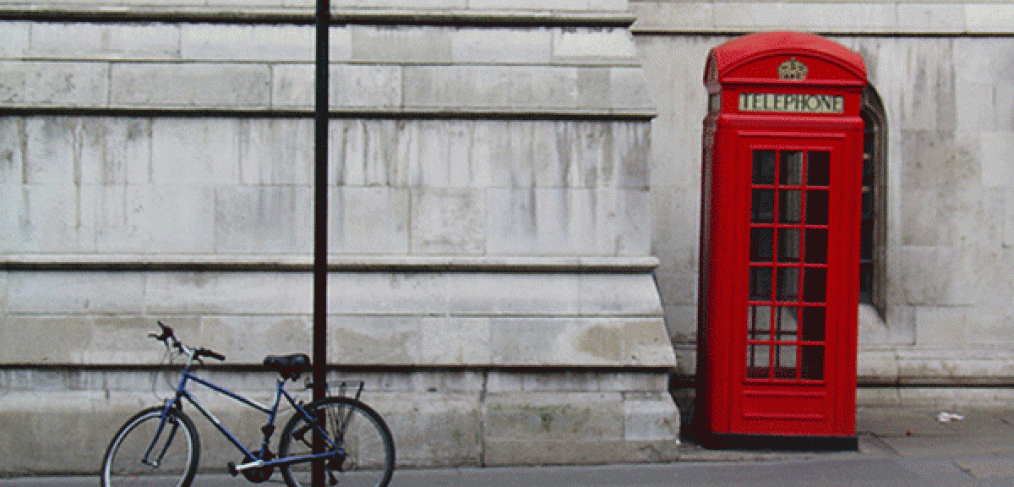
Along for the Ride (Part 1)
Cycling provides numerous benefits to cities, but in London, fear of the roads remains one of the largest deterrents to new cyclists. In part one of a two part series, Alice Phillips takes to the mean streets and offers some thoughts on how to break the cycle of fear.
Six months ago, I started cycling to work in London. This was a surprising decision for me—a non-driver with little to no knowledge of UK road rules and a cycling novice whose only experience with bikes since childhood was spin class. Yet after signing up to a mini-triathlon in a moment of insanity, I had no choice but to take to the streets for training purposes. Besides, I thought, strapping on my helmet for my maiden voyage, I could be like the happy, healthy cyclists I see on my frequent trips to Amsterdam. They seem happy! And healthy! What could possibly go wrong?
“1) London is not Amsterdam and 2) cycling in London, as in many major cities, is not for the faint-hearted.”
Twenty-four hours, one severely bruised elbow and several brushes with death later, I had learned two valuable lessons: 1) London is not Amsterdam and 2) cycling in London, as in many major cities, is not for the faint-hearted.
First of all, there are the buses, motorbikes, taxis, cars, and pedestrians to contend with, all moving or attempting to move at a break-neck speed. Then there are other cyclists, who as it turns out, are not at all protective of the weakest among their species. My aforementioned bruised elbow (not to mention ego) was due to a particularly gruesome tussle with a double-decker bus. I found out quickly: In the land of the cyclists, if visibility is king, the double-decker bus is a blind and lumbering giant.
In those early days, I had more than my fair share of close calls, and I am ashamed to admit, often my best tactic was to close my eyes and hope for the best. As I gradually grew in knowledge and confidence, however, I opened my eyes to something else: an entire London cycling subculture I’d never known existed. Over the next few months, I learned about the city’s cycle superhighways (marked cycle routes into central London), government-subsidised one-on-one cycle training, clearly marked back routes that provide some reprieve from the traffic and fumes, and detailed cycle maps provided free by Transport for London. It seemed everyone from government agencies and non-profits to cycle retailers were working to make my bike ride to work a bit nicer, a bit friendlier, and a bit safer. I almost felt guilty for being terrified.
The truth is, however, like the many residents of London unwilling to brave the streets on bike, my fears were and still are totally justifiable. Despite its considerable and valiant effort to make the city more inviting for cyclists, London—like many global cities gradually seeing the benefits of cycling—has a long way to go to achieving the safe and easy bike culture so celebrated in places like Amsterdam. The handful of annual cycle deaths in the capital and hundreds of serious injuries confirm what is immediately apparent to anyone who tackles London’s streets: Anyone can buy a £5 can of blue paint and make a line on the road. That doesn’t mean no one’s going to cross it.
What’s needed in London is a sophisticated change management process aimed at undoing decades of vehicular driver entitlement. Places like Copenhagen, Montreal, and Beijing, where cycling is an essential part of the city’s infrastructure, got there with time, legislation, and advocacy, and with a joined up approach to road danger reduction, sustainability and public health. They got there with smart planning and design that positions cyclists as equals on the roads and grants them the confidence they need to assert themselves appropriately.
Right now, the most successful places to cycle in London are those that are scaled well, provide clear navigation, and create the impression of security and balance across transport types. They are places that provide logical routes, memorable landmarks, and visibility of the road ahead. The BBC claims (controversially it seems) that there’s a War on Britain’s Roads, but gradually, as projects on main roads are designed to facilitate cycling and walking, they will become safer for people who pass through them every day. In time, hopefully the drivers—I’m talking to you, double-deckers—will sit up and pay attention.


great piece Alice. I have been so impressed by London’s bike network. does London rely on privately provided shower and storage facilities or shared public facilities?